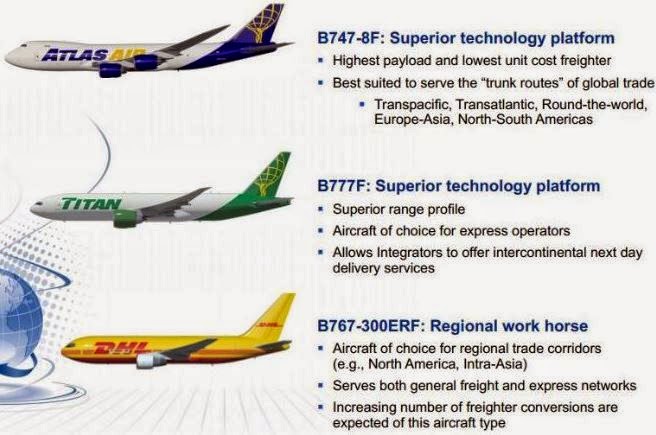 I researched Domino's Pizza (DPZ) because it shares the same qualities that led me to purchase shares in Starbucks. They have a focused brand/product line and embrace technology. Way back when Domino's started the turnaround I was amazed by the online experience in ordering pizza. While I never liked the pizza I was sold on the self-deprecating commercials enough to try it again.
I researched Domino's Pizza (DPZ) because it shares the same qualities that led me to purchase shares in Starbucks. They have a focused brand/product line and embrace technology. Way back when Domino's started the turnaround I was amazed by the online experience in ordering pizza. While I never liked the pizza I was sold on the self-deprecating commercials enough to try it again.Domino's has good growth momentum. They have expanded overseas in almost all emerging markets while staying aligned with their domestic philosophy to deliver pizza fast. In contrast I found Yum's international plan to promote Pizza Hut as premium dinning experience short-sided. I understand the international desire for Western products allow companies to charge a premium, but paints the brand as a fad that could fall out of favor as new Western trends are adopted.
In addition, in most international countries everything is driven by mobile accessibility. With Domino's superior mobile applications and extensive online order capabilities it is better positioned to become ingrained in the populations daily lives. I find the scenario of young adults ordering pizzas on their phones better for growth than a family's special night out at a Pizza Hut sit-down restaurant. If you look at the trends in technology, online order systems like GrubHub and Eat24 are exploding in popularity (according to the 2013 annual report over 40% of orders in Q4 were digital). Domino's is essentially a restaurant with its own custom GrubHub service and with the expansion into other non-pizza offerings this could be a vertically integrated dinning experience.
Domino's is profitable with growing revenue, earnings per share, and good operating margins but here's the bad. They have a large amount of debt compared to assets. $1.5 billion in long term debt compared to $500 million in assets but the upside is they are still generating free cash flow and have refinanced that debt until 2019. Buying into Domino's is buying into the success of their international expansion and ability to take enough market share from competitors to grow revenue at least 3x in the next 5 years.








